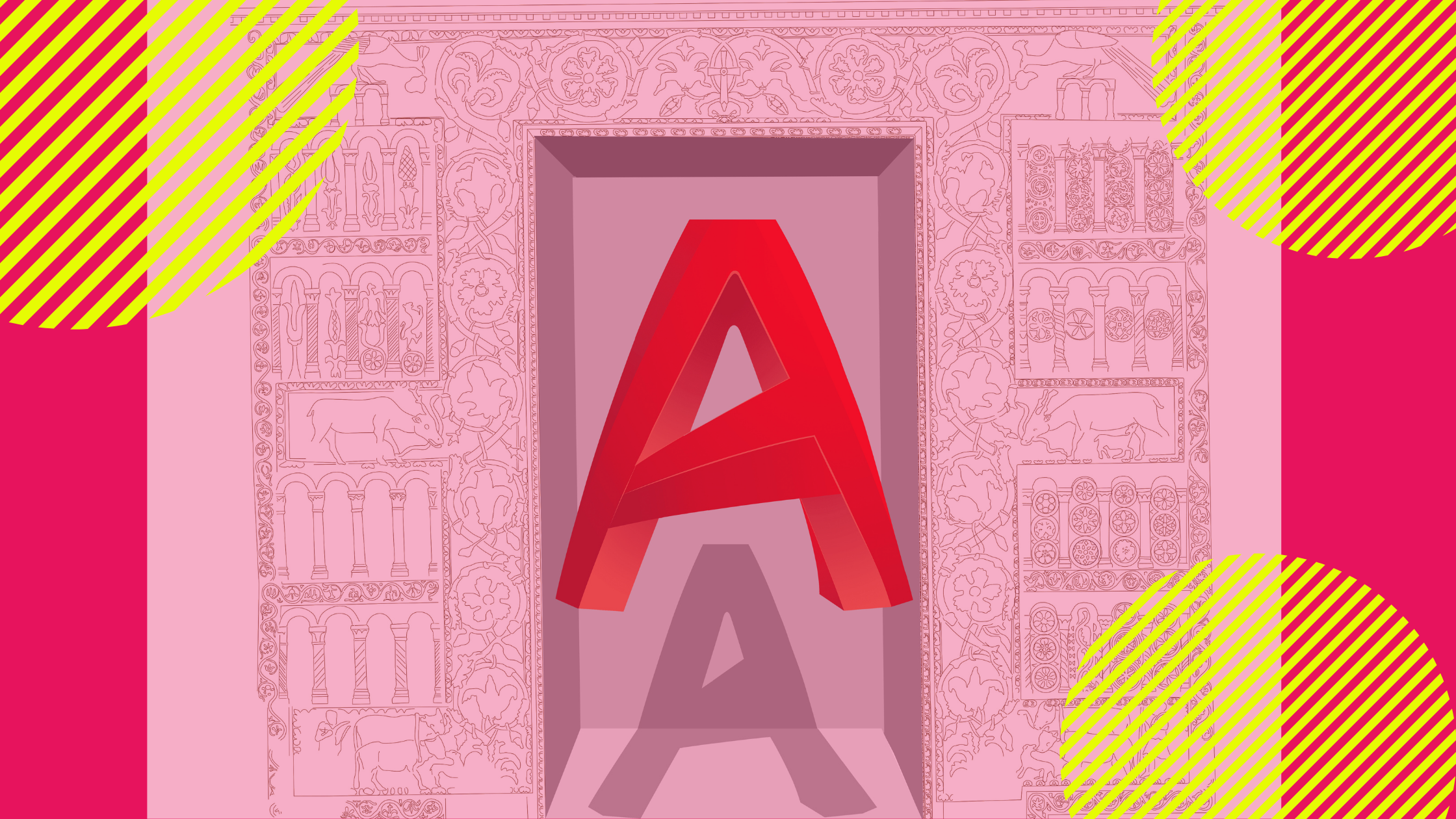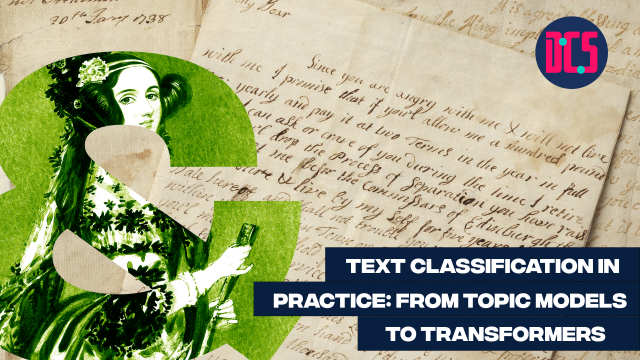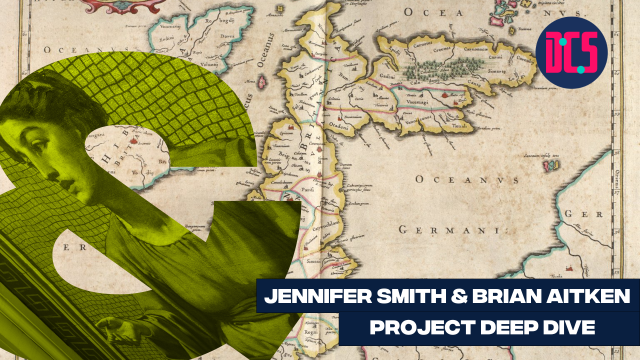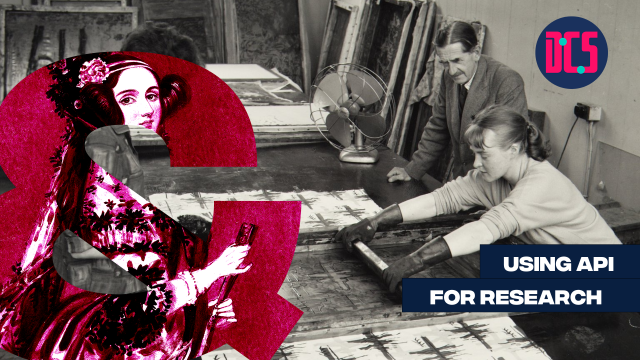Digital Drawing with AutoCAD

Online
This four-class course introduces students in Humanities and Social Sciences to vector drawing through AutoCAD and its wide range of tools and possibilities.
The course is specifically designed for those who have never had any prior experiences with the software. No previous knowledge on the topic is required/expected and the trainer will cover the basics of the method.
After a brief theoretical introduction, the training will be based on practical exercises related taken from real-life research. Assignments will also be offered to those willing to expand their skills outside workshop hours. At the end of the course, attendees will be able to use the software for most of their needs from surveying decorations, objects and structures, measuring components, printing graphics, etc.
In explaining these contents, the course will also focus on the many hurdles and problems that are normally encountered when approaching AutoCAD as a beginner.
Class 1: Setups, main drawing commands, managing snaps and layers
Class 2: Modifying commands, advanced drawing commands
Class 3: Annotations, Printing, Exporting
Class 4: 3D Modelling
After taking part in this course, you may decide that you need some further help in applying what you have learnt to your research. If so, you can book a Data Surgery meeting with one of our training fellows.
More details about Data Surgeries.
To attend this course, you will have to join the associated Microsoft Teams group. The link to join the group will be sent to the attendees prior to the course start date, so please make sure to do so in advance.
If you’re new to this training event format, or to CDCS training events in general, read more on what to expect from CDCS training. Here you will also find details of our cancellation and no-show policy, which applies to this event.












